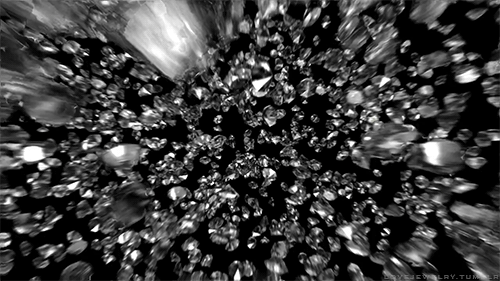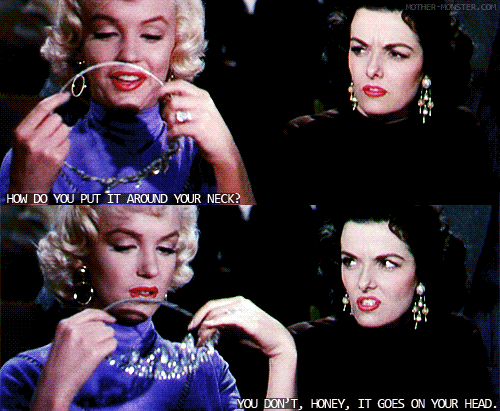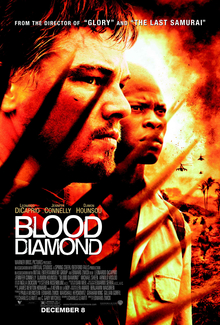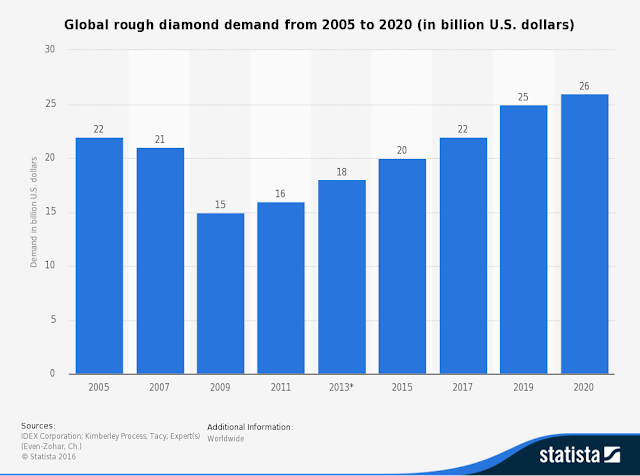After the World war I, many moviemakers arrived from Europe, people such as: Ernst Lubitsch, Alfred Hitchcock, Fritz Lang and Jean Renoir. With the incorporation of sound to the film industry in 1927, the movie studios decided to made parallel foreign-language versions of the films in order to reach as much public as possible. Because of this, a lot of foreign unemployed actors, playwrights and winners of photogenia contests were selected and brought to Hollywood, to shot the parallel versions of the movies. The parallel versions had a lower budget, were shot at night and were directed by second-line american directors. For example, the spanish-language group included people like Luis Buñuel, Enrique Jardiel Poncela, Xavier Cugat and Edgar Neville. Unfortunately, this versions didn't have the success that they were expect to have, due to: the lower budgets were apparent, many actors didn't have the experience in cinema because they were theater actors, the mix of foreign accents (Castillian, mexican and chilean for example in spanish case) was uncomfortable for the audiences.
Not only european people have influenced cinematography. There has also been people from Asia, South america, etc... Some of the most remarkable foreign directors in Hollywood are:
Akira Kurosawa (Japanese)
James Cameron (Canadian)
Christopher Nolan (English)
Charlie Chaplin (English)
Jean Renoir (French)
Ernst Lubitsch (German)
Fritz Lang (Austrian-german)
Alfred Hitchcock (English)
Luis Buñuel (Spanish)
Peter Jackson (New Zealand)
Ridley Scott (English)
Alejandro Amenábar (Spanish)
Alejandro González (Mexican)
There are more directors that have had a huge impact in Hollywood. They all have left they own personal mark in Hollywood. In the economic aspect they all have influenced it because, in each country, people feel like they have to support they compatriots, so a lot of people went, goes and will go to watch a movie first of all because there is someone for their same country that has worked in that movie. Also, the compatriots of the directors, in this case, see them as a model to follow which make them dream about going to Hollywood to be as successful as the directors. They see that with a lot of effort it is possible to fulfill and to make their dreams come true and this carries a lot of money because those people are going to earn a lot of money that will make Hollywood bigger and bigger.
References:
https://en.wikipedia.org/wiki/Cinema_of_the_United_States
http://www.imdb.com/list/ls004929793/
http://www.german-way.com/history-and-culture/germany/cinema-in-germany/germans-in-hollywood/
https://www.filmdoo.com/blog/2015/09/18/feature-foreign-directors-in-america-and-the-ever-shrinking-world-of-international-filmmaking/









